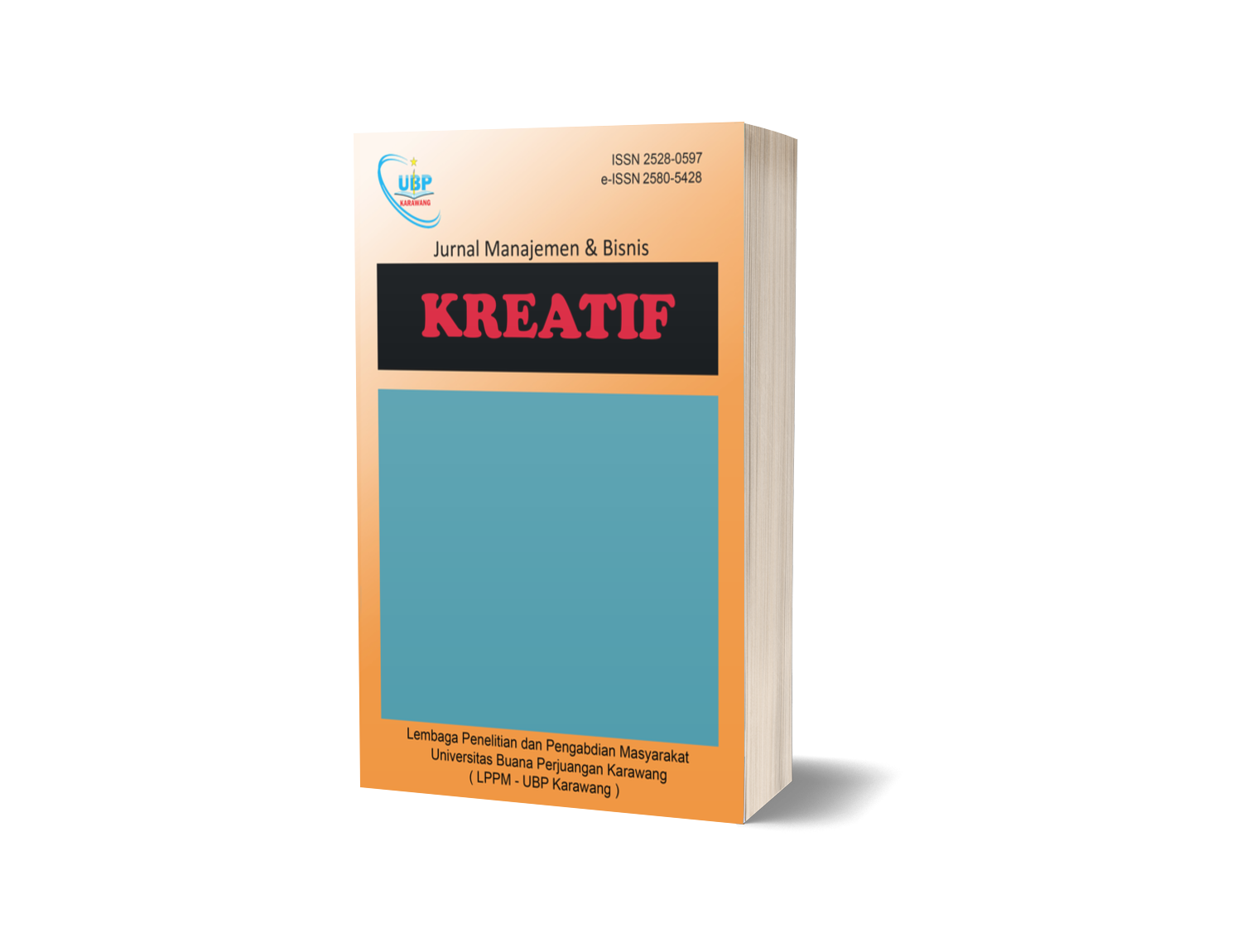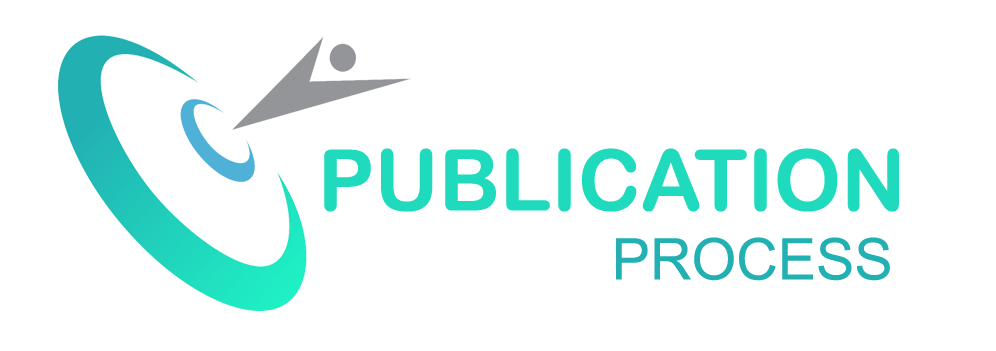Efektivitas Teknik Softselling Pada Akun Tiktok Cerita Anak Jakarta dalam Meningkatkan Engagement Audiens (Studi Kasus Akun Tiktok Cerita Anak Jakarta)
DOI:
https://doi.org/10.36805/t9237p43Keywords:
Soft Selling, Audience Engagement, Tiktok, Storytelling, Digital MarketingAbstract
This study aims to analyze the effectiveness of soft selling techniques on the TikTok account “Cerita Anak Jakarta” in increasing audience engagement. The background of this research is the shift in marketing communication strategies from traditional to digital methods, where social media, especially TikTok, has become a primary platform for building interactions between brands and audiences. Soft selling techniques are chosen because they are considered more subtle, non-aggressive, and emphasize storytelling as well as implicit brand placement, thus enabling the development of emotional closeness and increased audience loyalty without causing resistance.
The research method used is a quantitative approach, with primary data collected through online questionnaires distributed to active followers of the TikTok account “Cerita Anak Jakarta” who have interacted with soft selling content. Secondary data were obtained from TikTok’s statistical documentation, such as the number of likes, comments, shares, views, saves, as well as relevant literature and journals. Data analysis was carried out using simple linear regression and F-test to determine the effect of soft selling techniques on audience engagement.
The results show that the application of soft selling techniques on the TikTok account “Cerita Anak Jakarta” has a significant positive effect on increasing audience engagement, as reflected in the high levels of interaction such as likes, comments, shares, and active participation of followers. However, the effectiveness of soft selling techniques is also influenced by content relevance, storytelling creativity, and the brand’s ability to deliver messages naturally without appearing forceful. This study recommends the development of adaptive soft selling strategies tailored to the characteristics of the TikTok audience to build long-term relationships and encourage more optimal conversion.
Downloads
References
Ajzen, I. (2020). The theory of planned behavior: Frequently asked questions. Human Behavior and Emerging Technologies, 2(4), 314–324.
Ashley, C. & Tuten, T. (2020). Creative strategies in social media marketing: An exploratory study of branded social content and consumer engagement. Journal of Marketing Communications, 26(2), 122–141.
Belch, G.E. & Belch, M.A. (2021). Advertising and Promotion: An Integrated Marketing Communications Perspective (12th ed.). New York: McGraw-Hill.
Dwivedi, Y.K., Ismagilova, E., Hughes, D.L., Carlson, J., Filieri, R., Jacobson, J. & Wang, Y. (2021). Setting the future of digital and social media marketing research: Perspectives and research propositions. International Journal of Information Management, 59, 102168.
Herawati, H. (2020). Pengaruh iklan media sosial Instagram dan celebrity endorser terhadap minat beli. Jurnal Manajemen & Bisnis Kreatif, 6(1), 81–97.
Ismail, A.R., Nguyen, B. & Melewar, T.C. (2020). Impact of social media marketing on brand equity: A literature review. Marketing Intelligence & Planning, 38(7), 767–783.
Kotler, P. & Keller, K.L. (2019). Marketing Management (15th ed.). Harlow: Pearson Education.
Kotler, P., Kartajaya, H. & Setiawan, I. (2021). Marketing 5.0: Technology for Humanity. Hoboken: Wiley.
Schiffman, L.G. & Wisenblit, J.L. (2019). Consumer Behavior (12th ed.). Harlow: Pearson Education.
Singh, A., Verma, P. & Yadav, R. (2024). Digital engagement and integrated marketing communications: A review and research agenda. International Journal of Research Publication and Reviews, 5(3), 45–56.
Statista. (2024). Leading countries based on TikTok audience size as of July 2024. Available at: https://www.statista.com/statistics/1100836/global-tiktok-user-age-distribution/ [Accessed 25 Sept. 2025].
Syafitri, R. & Suhartono, E. (2023). Metode penelitian kuantitatif untuk ilmu sosial. Jakarta: Prenada Media.
Downloads
Published
Issue
Section
License
Copyright (c) 2025 Callista Jessica Hasiani, Angga Dewi Anggraeni

This work is licensed under a Creative Commons Attribution-ShareAlike 4.0 International License.
Authors who publish in Jurnal Manajemen dan Bisnis Kreatif agree to the following terms:
- Authors retain copyright and grant the journal right of first publication with the work simultaneously licensed under a Attribution-ShareAlike 4.0 International (CC BY-SA 4.0) License that allows others to share the work with an acknowledgment of the work's authorship and initial publication in this journal.
- Authors are able to enter into separate, additional contractual arrangements for the non-exclusive distribution of the journal's published version of the work (e.g., post it to an institutional repository or publish it in a book), with an acknowledgment of its initial publication in this journal.
- Authors are permitted and encouraged to post their work online (e.g., in institutional repositories or on their website) prior to and during the submission process, as it can lead to productive exchanges, as well as earlier and greater citation of published work (See The Effect of Open Access).








